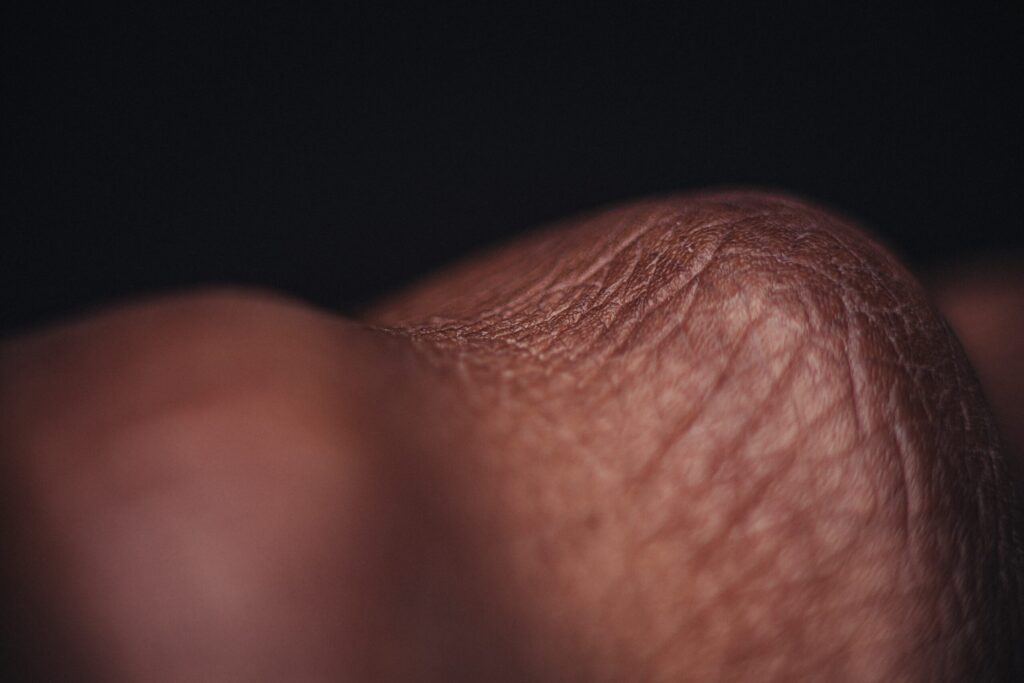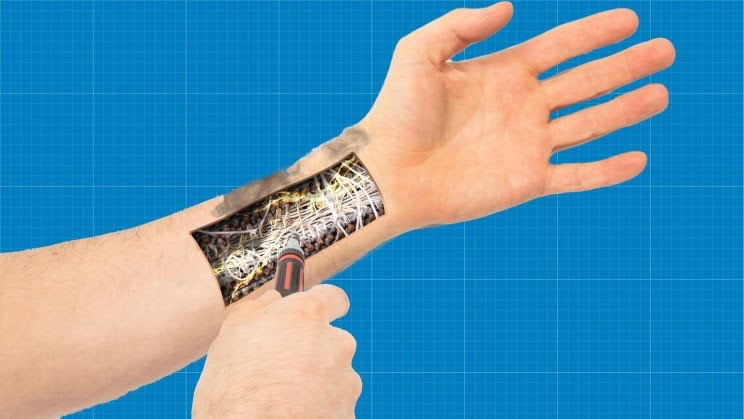If you think about it, the way the skin repairs itself is almost a miracle. One day a large wound opens, and slowly the wound heals and closes by itself.
How does the skin perform such an extraordinary task? This phenomenon has puzzled researchers around the world for years.
Now, a group of scientists fromManchester University is one step away from understanding this intricate process. The results of what appears to be the most important research ever on skin can have far-reaching implications.
The secret of the skin

The researchers found that specific parts of the DNA could lead to better division of human skin cells and thus to better healing. A process activated and accelerated by the sulforaphane, a chemical compound found in broccoli, cabbage and Brussels sprouts.
We know that the skin sometimes cannot repair itself efficiently, ”says Dr Svitlana Kurinna, who led the study. "But the endogenous mechanism we discovered uses the body's own processes to induce the division of skin cells."
Our skin can be easily damaged. This affects the quality of life and, in some cases, even its end. We believe this study provides some crucial insight into this process and lays the foundation for an exciting future that investigates similar mechanisms in other organs.
Svitlana Kurinna
Clues also on the dynamics of melanoma

The study also explored i keratinocyte “basal,” the innermost growing layer, e overbasals, the layers closest to the surface of the skin. They found that excessive promotion of cell division in the basal layers could create skin cancer, but activating the suprabasal layers thwarts the cancer.
Using both of these layers together can ensure that cell division is protected and enhanced without generating skin cancer cells.
The ultimate goal of this research is to improve functional skin regeneration. And with a similar endogenous mechanism, researchers could promote the regeneration of other organs in the future as well.


